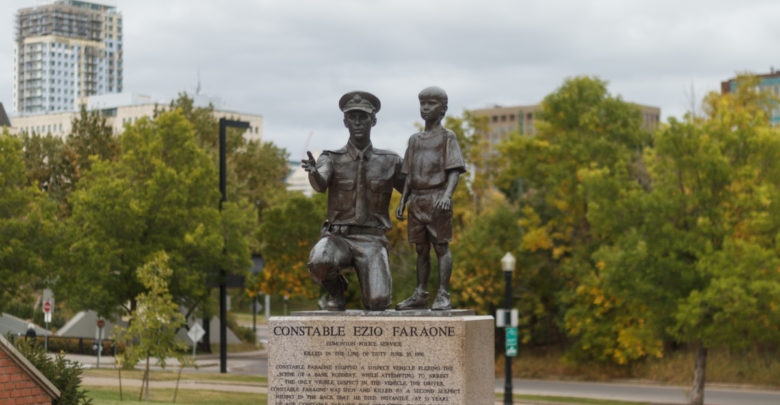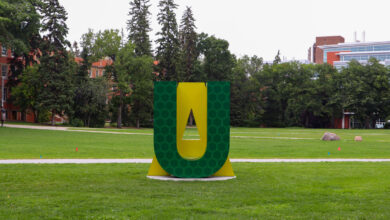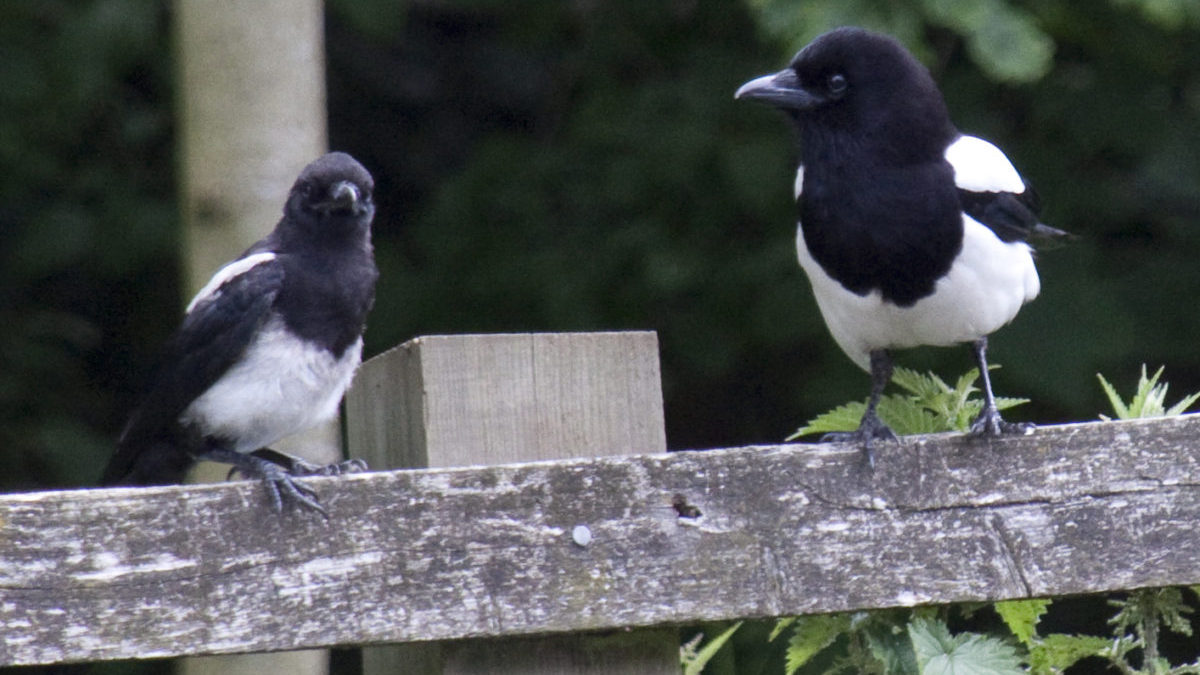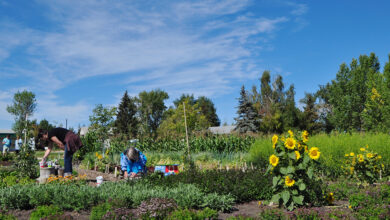Vandalism can have an important role in activism
Depending on the context, vandalism can take on a greater meaning within activist movements
 Christien Ford
Christien FordThe newspapers have been printing stories of protests all around the world, but it seems for many, their primary focus is on the disruptive side of things, rather than the justifiable demands of the countless peaceful protesters.
In many cases, the disruption in question refers to the defacing of an offending monument, such as the one that stands in Constable Ezio Faraone Park . Similar graffiti incidents have been popping up all over the country, including one in Montreal, which our very own premier responded to. However, who is to say that vandalism isn’t peaceful?
Since protesters are demanding change denied to them for many decades, who are we to declare what is right and wrong?
Vandalism encompasses a broad spectrum of crime from graffiti to window smashing. When it comes to discussing these protests, it’s difficult to speak about them without prefacing that their cause is legitimate: Indigenous people and Black people have been mistreated in our society for as long as we can remember, but only now has our generation seen such long term protest and widespread information.
Many larger protest organizers and leaders condemn the use of vandalism and looting in their protests, as they believe it goes against the movement’s values. On the other hand, sometimes these statue defacings can have meaning, with an example being when protestors pulled the statue of Edward Colston ironically into the Bristol Harbour where he once trafficked enslaved people. It demonstrates that there is no “one size fits all” conclusion when it comes to vandalism concerning protests. That time, many cheered their actions as a collective symbol of overcoming oppression.
The same viewpoint can be applied to the statue of Sir John A. Macdonald. Although he was the first prime minister of Canada, we cannot overlook that he created a country that knowingly oppressed people who were not, to put it bluntly, straight, white males. Not only that, but he was very vocal about his prejudice against Indigenous peoples, putting into action plans continuing to cause generational trauma today. To some, he is the face of Canada — an individual who united the colonies and made the country what we know today, and to many others he is the idolized symbol of their maltreatment.
Premier Jason Kenney’s response to the Sir John A. Macdonald incident has been horribly accusatory, and sets the tone for the province’s general reaction to protests. In his tweets, he refers to these protesters as “roving bands of thugs” and “mob[s].” He has also offered to re-erect the statue in Alberta, should the city of Montreal decide to leave it as is. I don’t know about you, but I would rather not waste our tax dollars to have this useless statue which demeans Indigenous struggles stand at our legislature.
Unfortunately, his response is not uncommon. In the Edmonton Journal the Edmonton Police Association president Sargent Micheal Elliot, when discussing the vandalism of a monument for constable Ezio Faraone, said, “agree to disagree on things but don’t make it personal.” I find that to be extremely hypocritical, as racism and the continuation of disenfranchisement lead to aggravated attacks and unfortunately, sometimes death. For those at risk, it is always personal, whether they want it to be or not. Although I may not know exactly what the vandalizers were thinking the night they defaced the Faraone statue, it’s still a symbol honouring one of the largest factors in upholding systemic racism — the police.
Bypassers may walk by the defaced statues and feel shock at the extent protesters will go to have their voices heard. However, unlike what Elliot remedied as “discussions with city hall,” these demands are largely unmet and only satisfied with superficial and short term solutions. When a community only bands together and pays attention to events with shock value, sometimes these ‘drastic means’ must be taken in order for a call to action to be made.




